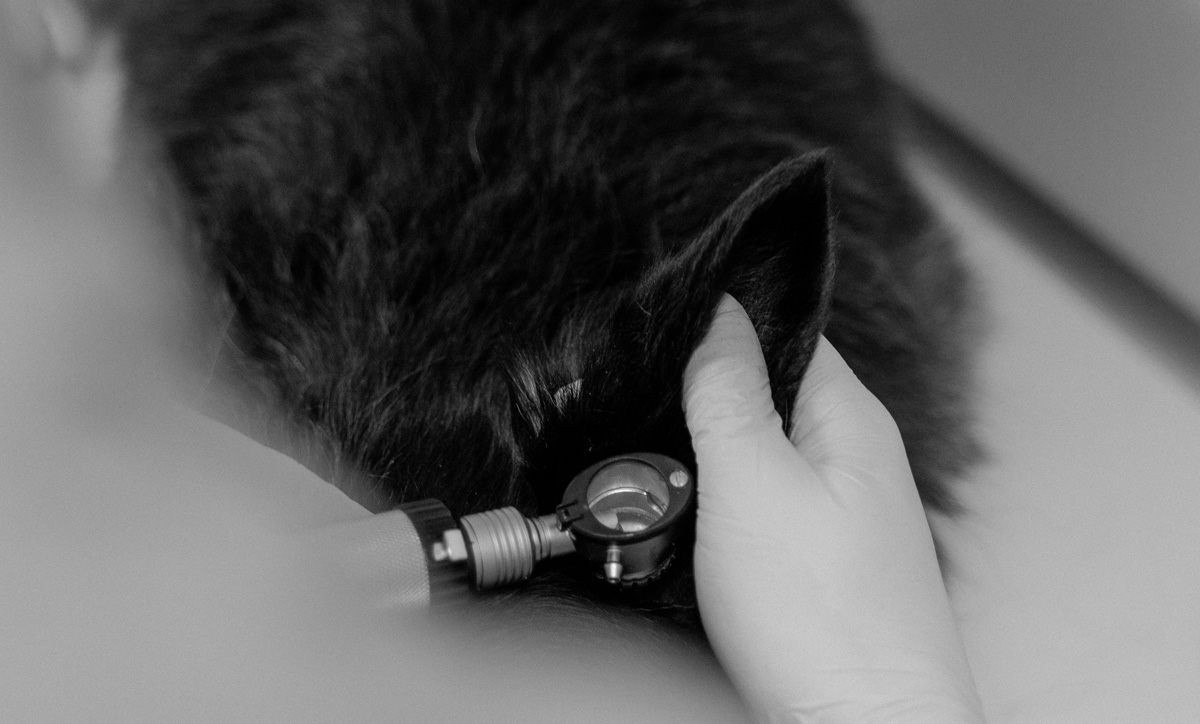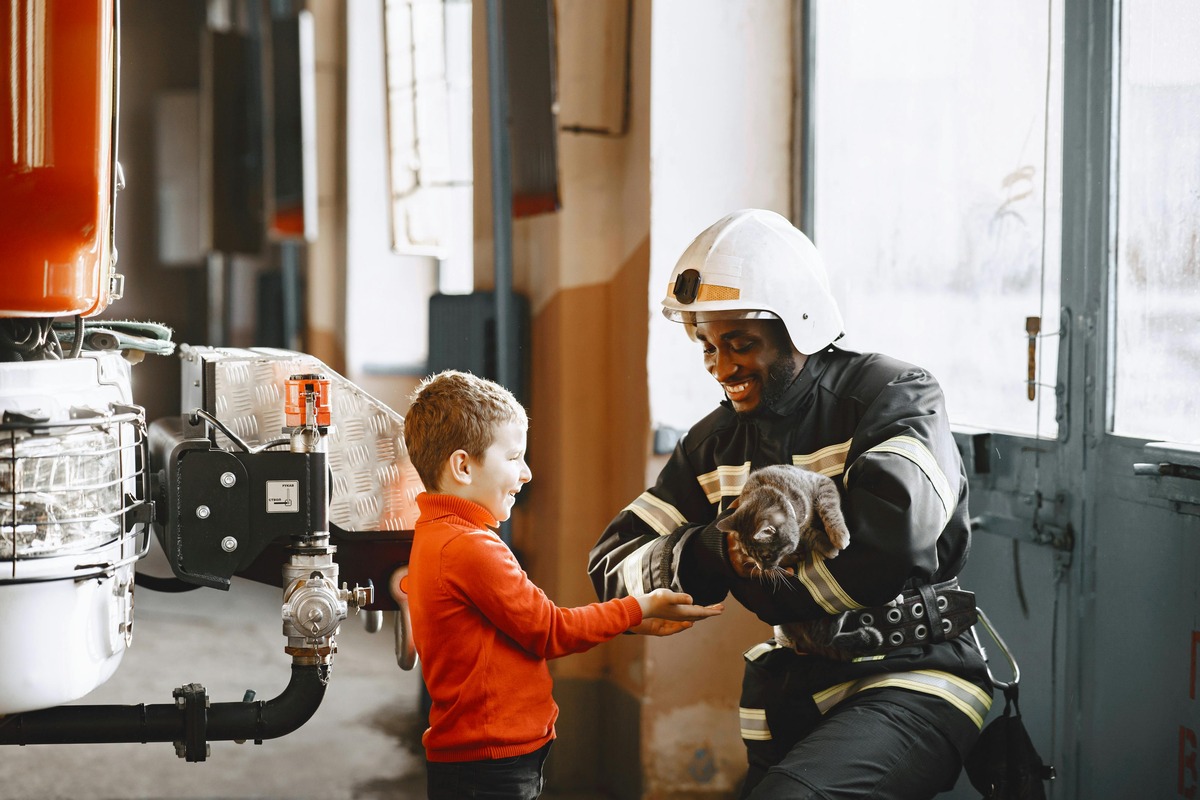
Emergency Preparedness for Pet Owners
Emergencies and natural disasters can strike at any time. As a responsible pet parent, you must have a plan to keep your furry friend safe. Pets rely on their human friends for safety and survival in disasters. This includes earthquakes, floods, wildfires, and power outages. Pets who aren’t prepared can end up lost, hurt, or separated from their owners. Knowing what to do during a natural disaster is key. It helps reduce risk and keeps your pet safe and cared for in a crisis.
This guide will walk you through creating a pet disaster plan and assembling an emergency kit, ensuring your pet’s safety during unexpected crises. You can take steps to lower stress and confusion during emergencies. Planning ahead helps keep your pet safe and makes tough situations easier to handle. After reading this guide, you can answer this question: how to prepare pets for emergencies.
Why Pet Emergency Preparedness is Essential
Protecting Your Pet in Crisis Situations
During emergencies, pets can become scared and disoriented, leading them to hide, run away, or become injured. In chaotic situations such as evacuations or natural disasters, it may not be easy to locate or transport your pet quickly.
Being prepared ensures that your pet remains safe and accounted for in these stressful situations. An emergency plan, a stocked kit, and knowing pet-friendly shelters can greatly help keep your pet safe and comfortable.
Reducing Stress for Both You and Your Pet
Emergencies are unpredictable and can lead to panic and confusion. Having a well-prepared plan allows you to act quickly and efficiently, reducing stress for both you and your pet. Having an emergency kit and an evacuation plan gives you peace of mind. It helps you respond quickly when disaster hits.
Pets are highly sensitive to their owners’ emotions, so if you remain calm and well-prepared, it will help reduce your pet’s anxiety as well. Routine, structure, and familiarity help your pet handle surprises better.
Complying with Evacuation Policies
Many evacuation shelters and emergency relief services now need pet owners to have a plan ready. Without proper documentation or supplies, you may face difficulties finding shelter for your pet. By planning ahead, you can ensure that your pet is not left behind or exposed to unnecessary risks.
How to Prepare a Pet Disaster Plan

1. Identify Safe Locations for Your Pet
Not all emergency shelters accept pets, so it’s important to plan ahead.
- Research pet-friendly hotels and emergency shelters in your area.
- Ask friends or family if they can provide temporary shelter for your pet in case of an emergency.
- Check with your veterinarian or local pet boarding facilities about emergency options.
- Identify animal rescue organisations that assist with displaced pets during disasters.
- If you live in a flood-prone or fire-risk area, consider relocating your pet early if a natural disaster is imminent.
2. Assemble a Pet Emergency Kit
A well-stocked emergency kit can save your pet’s life. This kit should be stored in a waterproof bag or container and kept in an easily accessible location. Include the following:
- Food and Water: At least 3-7 days’ worth of pet food (dry or canned) and bottled water. Include a manual can opener if necessary.
- Medications and Medical Records: Prescription medications, vaccination records, vet contact information, and a list of any allergies or medical conditions your pet has.
- Pet Identification: Collar with an ID tag, microchip details, and recent photos of your pet in case you need to prove ownership.
- Leash, Carrier, and Harness: Essential for safe transportation and restraint. Carriers should be large enough for your pet to stand, turn around, and lie down comfortably.
- Litter Box and Waste Bags: For proper hygiene and sanitation, include a portable litter box and extra litter for cats, as well as waste bags for dogs.
- Comfort Items: Familiar blanket, toy, or bed to help reduce anxiety.
- First-Aid Kit: Includes bandages, antiseptic wipes, tweezers (for removing ticks or splinters), styptic powder (for bleeding nails), and wound disinfectant.
- Flashlight and Batteries: For emergencies at night or in power outages.
- Pet Clothing and Protection: If you live in a cold climate, pack an insulated pet jacket or extra blankets.
3. Create an Evacuation Plan
- Know Your Evacuation Routes: Identify multiple exit routes if roads are blocked.
- Practice Evacuating with Your Pet: This helps your pet get accustomed to the carrier and reduces panic during real emergencies.
- Have a Backup Caregiver: If you can’t reach your pet in time, arrange for a trusted neighbour or friend to help.
- Prepare Emergency Contact Information: Include your vet, local animal control, and pet-friendly hotels.
How to Keep Your Pet Safe During Emergencies

During a Natural Disaster
- Floods: Keep pets on a leash or in a carrier to prevent them from running into danger. Move them to higher ground if necessary. Never leave a pet behind in a flooded home.
- Earthquakes: Keep pets away from falling objects. Secure heavy furniture that could topple over during tremors. After an earthquake, check for injuries and make sure your pet hasn’t been frightened into running away.
- Wildfires: Evacuate early if possible. Keep pets inside to prevent smoke inhalation. If you must evacuate quickly, grab your emergency kit and pet carrier.
- Power Outages: Ensure your pet has access to fresh water and proper ventilation, especially in hot or cold weather. If using a generator, ensure pets are not exposed to fumes.
After an Emergency
- Check for Injuries: Look for cuts, burns, or signs of trauma. Seek veterinary care if needed.
- Monitor for Stress: Pets may be anxious or disoriented after an emergency. Provide comfort and avoid exposing them to loud noises.
- Reunite Safely: If you and your pet become separated, contact animal shelters and use social media to locate them. Having recent photos of your pet can help others identify them.
Common Mistakes Pet Owners Make in Emergencies
- Waiting Too Long to Evacuate: Always act early when authorities recommend evacuation.
- Not Keeping a Pet Emergency Kit Ready: Having supplies on hand prevents last-minute scrambling.
- Failing to Update Identification Information: Ensure your pet’s microchip and ID tags have your current contact details.
- Ignoring Pet Anxiety: Emergencies can be traumatic for pets. Comfort them and avoid sudden changes in their routine.
- Not Practicing Emergency Drills: Regularly practice evacuating with your pet to ensure a smooth process in a real emergency.
Pet Safety During Natural Disasters
Being ready for emergencies can save your pet’s life. Make a disaster plan, put together an emergency kit, and learn how to act in a crisis. This way, your furry friend will stay safe no matter what happens. Start preparing today to protect your pet in any emergency scenario. Your pet relies on you. Taking steps now will give you security and peace of mind in any surprise situation.